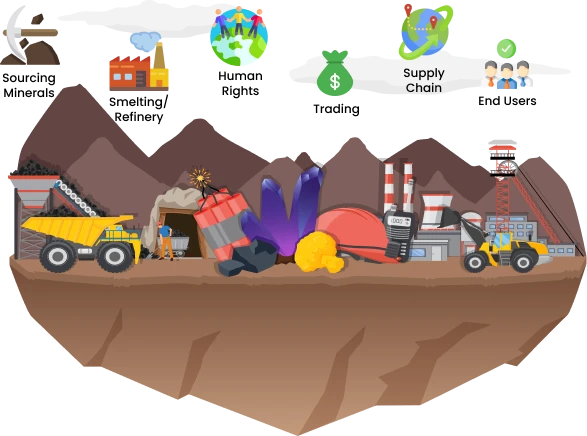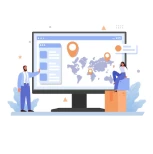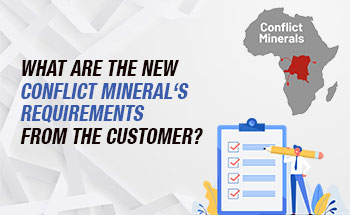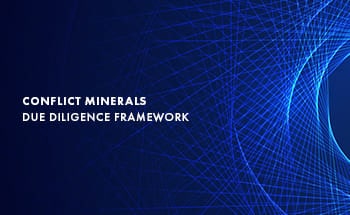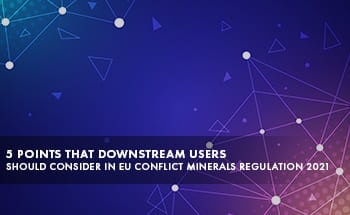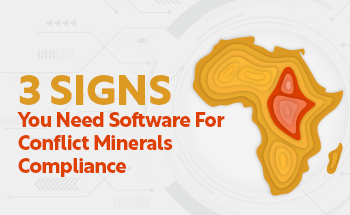Irresponsible mining practices can have severe social and environmental consequences. It is not just tin, tungsten, tantalum, and gold (3TG) that pose risks, but also other minerals such as Cobalt, Mica, and metals used in the automotive and electronics sectors. Regulations on conflict minerals aim to address the trade of minerals from conflict-affected regions associated with human rights violations and armed conflicts.
Mineral Due Diligence Awareness
The Responsible Minerals Initiative (RMI) focuses on increasing awareness of the social and environmental impacts of mineral extraction and processing in supply chains. RMI worked closely with the Organization for Economic Cooperation and Development (OECD) to develop the Due Diligence Guidance for Responsible Mineral Supply Chains from Conflict-Affected and High-Risk Areas to promote responsible mineral sourcing practices.
RMI has developed templates aligned with OECD guidelines to collect information on mineral origin, smelter, and refiner details from the supply chain.
- Conflict Minerals Reporting Template (CMRT) – Report due diligence on 3TG minerals: tantalum, tin, tungsten, and gold. (3TG)
- Extended Minerals Reporting Template (EMRT) – Report cobalt and mica supply chain due diligence information.
- Pilot Reporting Template (PRT) – Report on due diligence information for minerals not covered by the conflict minerals reporting template.
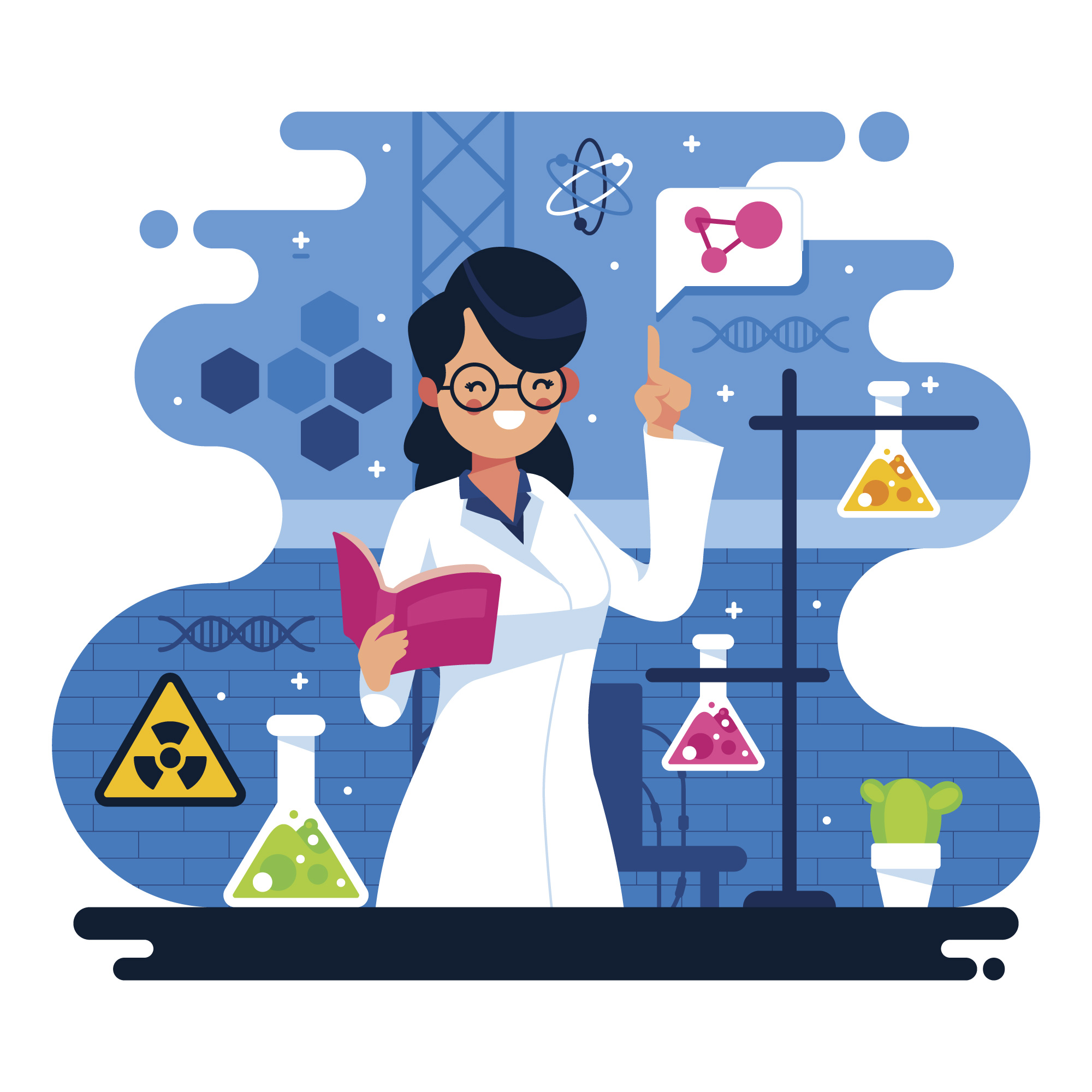
Objectives of Mineral Supply Chain Regulation






Non-compliance with the conflict mineral regulation may result in businesses:
- Directly or indirectly fund the operations of the armed group through the purchase of minerals from conflict-affected regions.
- Acting as an enabler of human rights violations down the supply chain.
- Facing administrative sanctions, paying fines/penalties, and losing brand reputation.
- Products that contain conflict minerals can cause sourcing delays due to supply chain disruptions.
Responsible sourcing implementation challenges
Here are some challenges an organization may face when trying to stay compliant with responsible sourcing practices.

Supply chain complexity
Conflict minerals regulations require companies to trace the origin of minerals used in their products. This can be difficult due to the limited transparency and complexity of global supply chains

Traceability
The goal of conflict minerals regulation is to have businesses trace the source of minerals like 3TG, mica, and cobalt used in their products back to their smelter of origin, that is, the identification of the Smelter or Refiner (SOR). Hence, finding a responsible SOR can be challenging

Supplier Engagement
Getting a 100% response from the suppliers can be difficult, especially if the businesses require mineral reporting per item level. In such cases, data collection, consolidation, and auditing can become complex owing to the volume of data, which can prove challenging for suppliers

Supply chain due diligence
Companies may need to conduct audits or engage third-party auditors to proactively identify, manage, and report risks in their supply chains and validate the information provided by their suppliers. However, auditing complex supply chains can be time-consuming, costly, and resource-intensive.

Finding alternative minerals
Minerals often exhibit certain qualities and characteristics that make them desirable for specific applications. For example, Tin is more conductive and has higher electrical resistivity, which can be used in sensitive applications. Discovering substitute minerals can present considerable technical challenges and significantly higher costs.
APAs 6 steps to help you comply with conflict minerals regulations

Minerals data acquisition from the supply chain

Analysis, interpretation, and documentation of compliance data

Supply chain due diligence

Assist customers in tracing the Reasonable Country of Origin (RCOI)

Complete due diligence of CMRT, EMRT, PRT, and process automation with AutoGen CM software

Conflict mineral report preparation and submission US & EU) (US & EU)
